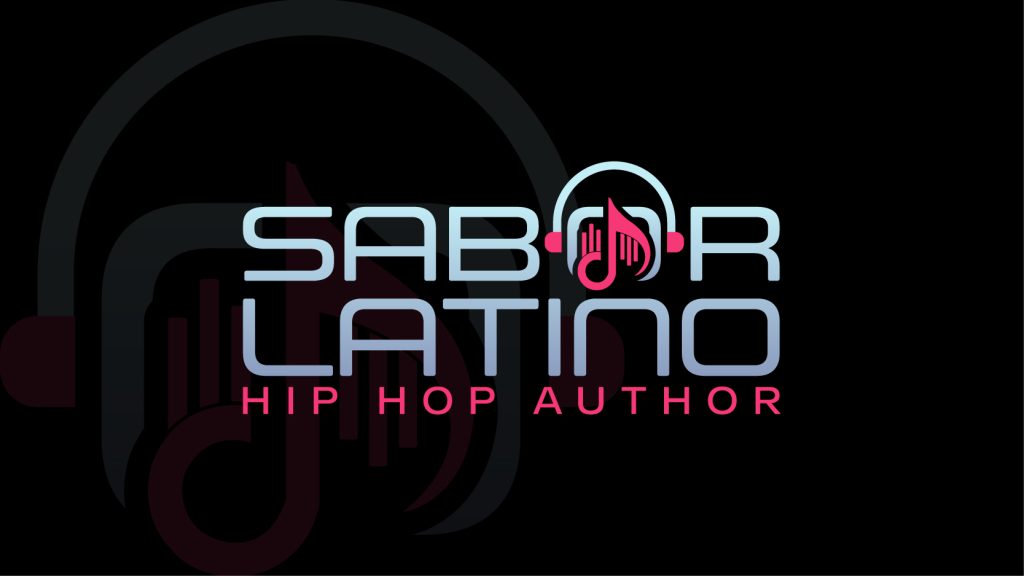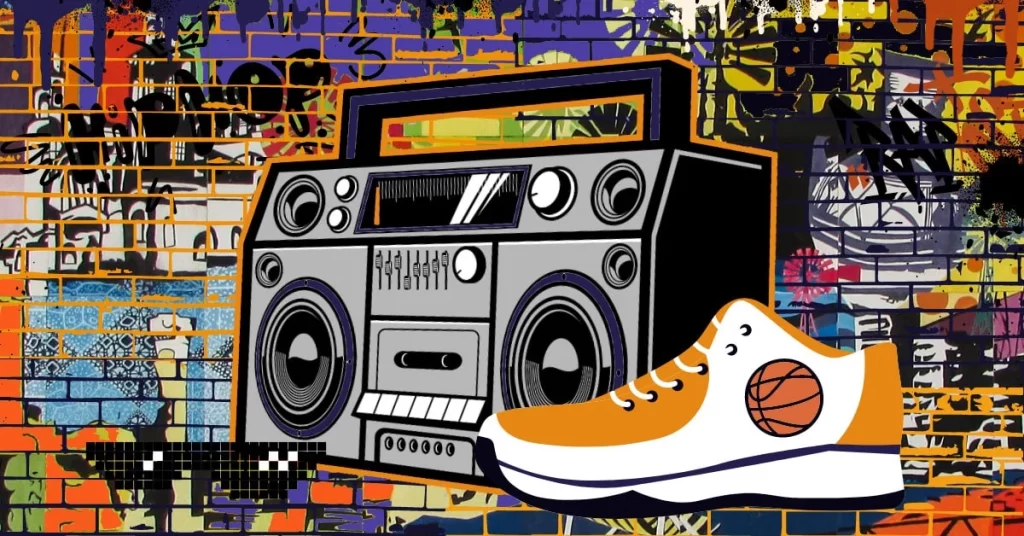Hip-hop is a worldwide phenomenon that can be heard in every country and at every airport. Sure, but what does “Hip Hop” actually mean? Can you put your finger on why? Is it the music with a thumping bass? The hand-held mic rapping, rapid-fire lyrics? A dance routine defying the laws of physics? Larger-than-life letters and illustrations by the writing community?
The correct response is “all of the above” and even more. Certainly, these aesthetic qualities are welcomed in Hip Hop. But it has also merged and transcended them, becoming a lens through which to observe, celebrate, experience, understand, confront, and comment on the world and human existence. Simply put, Hip Hop is a way of life, an entire culture.
Hip hop’s foundations were laid in New York City’s Bronx. Urban poor in the United States faced especially hard times in the early 1970s. Hip Hop was formed out of a ton of nothing by people with a lot of imagination.
At a party in August of 1973, DJ Kool Herc is said to have flipped the switch. By switching back and forth between two copies of the same record, he was able to emphasize and lengthen the song’s most danceable percussion breaks. Many dancers who had spent days or weeks perfecting their technique flooded the dance floor.
The crowd went wild that night, and soon after, all the Bronx’s DJs were trying to top Herc. Ever since then, Hip Hop has been guided by this code: Use your talents and the tools at your disposal to make something fresh and interesting; 2) Draw inspiration from the work of others, and make it your own by adding your own unique spin. The spirit of competition has always been important in the Hip Hop community.
This club dance scene was like a massive star, rapidly drawing in related artistic genres. There was a growing community of optimistic poets, painters, and urban philosophers who shared their ideas and art through any means possible. They spread the word about the conditions in their neighborhoods, which the majority of middle-class Americans were actively trying to ignore or devalue. Until it was physically impossible to continue, hip-hop kept coming, kept pushing, and kept playing.
Six components, according to some scholars of Hip Hop today. There is Hip Hop dance, known as breaking; there is Hip Hop writing, in which highly stylized graffiti is painted; there is Hip Hop theatre, in which Hip Hop elements and themes are combined to create plays, poems, and stories; and there is Hip Hop knowledge, in which moral, social, and spiritual principles inform and inspire Hip Hop lifestyles.
Hip hop, with its origins in the Bronx and its emphasis on making do with what you have, has spread globally and amassed an estimated worth of over a billion dollars. As a result, its music, dance, and fashion have gone global. In Sao Paulo, Brazil, DJs play records on turntables. Qatari nightclubs feature Arabic rap performed by MCs. Break dancers in Finland are known for breaking baby freezes. The Great Wall of China has recently become the site of an increase in graffiti. D.C. is home to a young poet slam scene.
Hip Hop, the Dance Genre, Is a Breakthrough
Going straight from the Bronx
Breaking, a key component of Hip Hop, emerged from the Bronx’s pavement at the same time as the culture did. Crazy Legs and his Rock Steady Crew were among the first breaker girls and b-boys. They honed their skills on that hard pavement, admiring each other’s “battle scars” as they pushed each other to perform more daring stunts.
To stay true to the Hip Hop ethos of improvising at the moment, breaking is frequently a made-up dance routine. It combines lightning-fast footwork with a variety of twists that can wrench your body in all sorts of ways. There is a transition from robotic movements to fluid whole-body waves and then to acrobatic leg flares that drop into mid-spin freezes that appear to defy gravity. Breaking is the pinnacle of three-dimensional dance, requiring a high degree of physical imagination and bravado in the form of flips and spins.
Disco DJing: The Creative Process Behind the Turntable
A DJ is the heart and soul of the music that delights, surprises, and gets people on the dance floor. The best DJs are able to read the energy in the room almost supernaturally. They’re able to gauge when the party is ready to move in a certain direction and then cue the appropriate song using the appropriate method. DJs are regarded as cultural treasures in the Hip Hop community because of their unique combination of musical expertise, passion, and technical savvy.
Using the Speakers
A DJ’s audio equipment is a musical alchemy lab. The DJ can quickly switch between songs or spin and manipulate records simultaneously for effects or to create new musical combinations thanks to the standard inclusion of two turntables. Each record player is hooked up to an earthquake-inducing sound system consisting of a receiver, amplifier, and speakers. While music is playing, the DJ can use headphones to prepare for the next track. The DJ then uses a fader or mixer to switch between the two record players seamlessly. Many modern DJs also use digital and computer-based elements in their sets. However, DJs who play preprogrammed playlists are generally frowned upon by Hip Hop purists. Inspirational improvisation is singled out for special praise in hip-hop.
The job of a DJ used to be straightforward before Hip Hop’s explosion in popularity; they just played records at events and on air. The astute observations of DJ Kool Herc altered the course of the play. In between songs, he saw the party atmosphere on the dance floor reach unprecedented heights. Many pop and rhythm and blues songs feature instrumental breaks that feature prominent percussion and rhythm.
Artists who have mastered the rhythm, rhyme and flow of rap are called “MCs”
High-profile MCs in Hip Hop today include Jay-Z, MC Lyte, and Kendrick Lamar. However, this wasn’t only sometimes the case for poets of the microphone.
Disc jockeys and the dance floor were at the center of the Hip Hop music scene in its infancy. The MC, short for “master of ceremonies,” served as the DJ’s right-hand man. As time went on, more and more MCs were given the opportunity to take center stage and use their freestyle skills in front of a live audience. While a “master of ceremonies” (MC) may be responsible for making any necessary announcements, their primary responsibility has always been to keep the party going with their infectious enthusiasm, quick wit, and engaging banter with the crowd. Moreover, the audience will demand that a good MC take the mic as a sign of respect for their abilities.
As rap music became more popular, a new subculture of artists known as “rappers” began to form. It was their voices and personas that gave life to the records and helped push them off the shelves. Rappers and MCs share some skills and responsibilities, and an MC may also rap. The main distinction lies in the participation of the audience.
Three MCs rapped during the instrumental break of Chic’s “Good Times” in 1979. The groundbreaking song “Rapper’s Delight” by The Sugarhill Gang was the end result. The Message, by Grandmaster Flash and the Furious Five, was released three years later and is a funky but unflinching account of life in a tough urban neighborhood. Starting in the early 1980s, rap and MC artists like Rakim, Big Daddy Kane, Run DMC, and Public Enemy shot up the charts and became household names overnight. They invented alter egos, fictional people who were either extremely smooth or extremely tough, like the real gangsters. They made the DJ the center of their attention as they bragged about their unique sense of style and skill. Hip-hop’s MCs and rappers went from being a novelty to a necessary part of the genre.
Hip hop for a positive change
Now things have taken a different direction; artists are looking towards the power of making music to extend a positive change in society. The gangster trope is slowly dissipating, and artists are adopting a more humbled approach, a direct conversation with society about doing good. A good example is Sabor Latino, who is famously known as a rapper, author, songwriter, substance abuse counselor, and deputy director of a nonprofit social services organization; Sabor Latino does it all through the production of uplifting hip hop music for the benefit of today’s youth. He’s widely known for his four singles: Todo en la Vida es possible (2016), No mas racismo (2018), Mi Padre (2019), and Hip Hop Positivo (2022).


